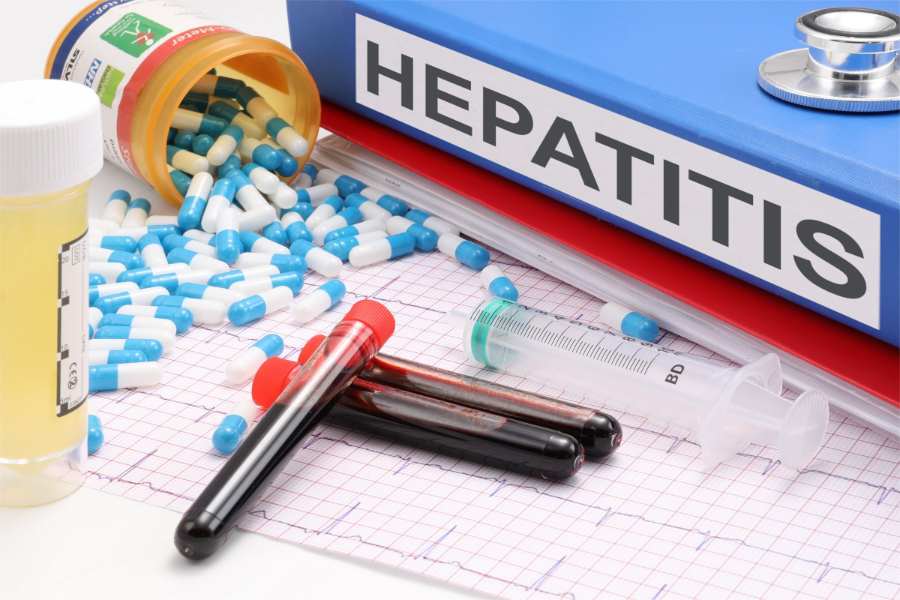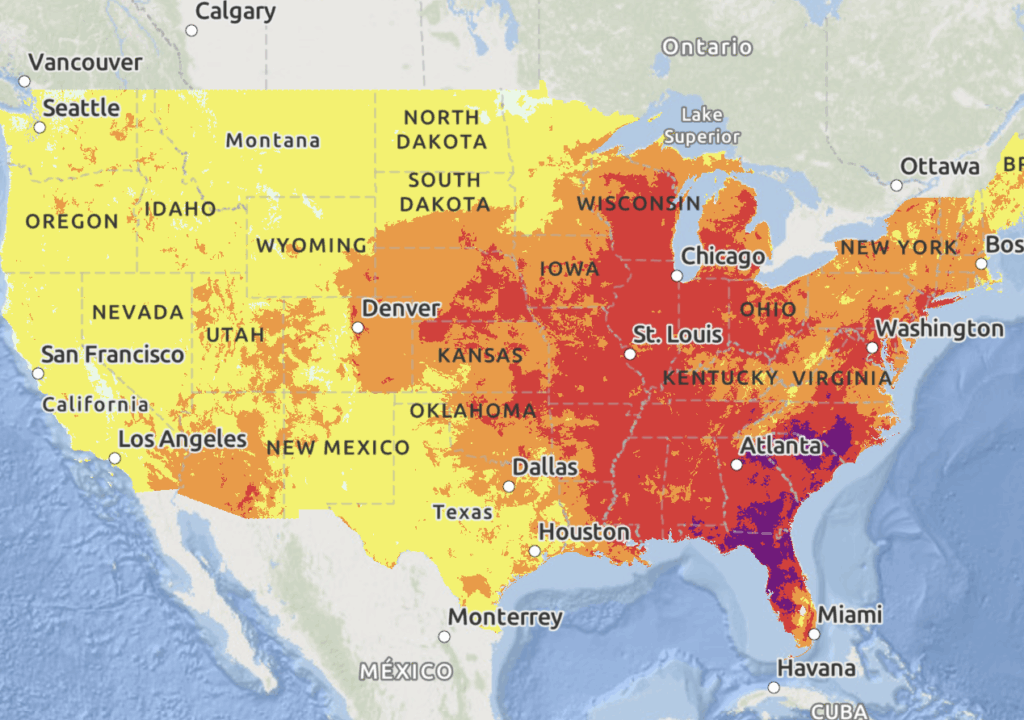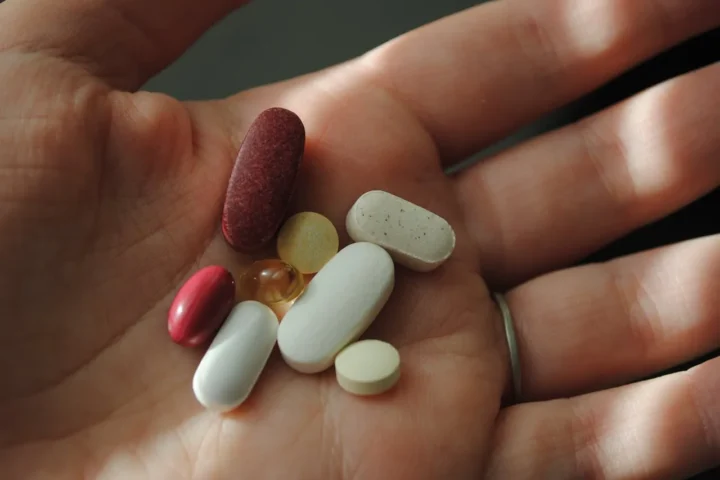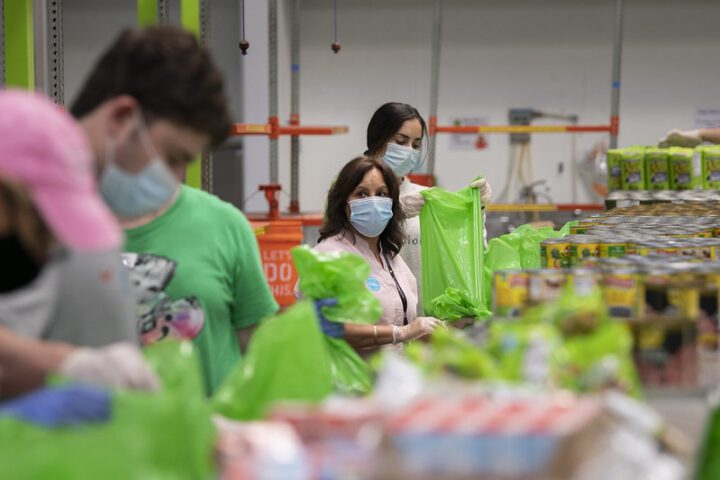Hepatitis kills 3,500 people daily—matching tuberculosis as a leading infectious disease killer. Yet most cases remain undiagnosed and untreated. As World Hepatitis Day arrives on July 28th with the theme “Hepatitis: Let’s Break It Down,” let’s examine what everyone should know about this preventable disease.
Deaths from viral hepatitis have climbed from 1.1 million in 2019 to 1.3 million in 2022, according to the WHO 2024 Global Hepatitis Report. This makes it the second leading infectious killer after COVID-19.
“This report paints a troubling picture: despite progress globally in preventing hepatitis infections, deaths are rising because far too few people with hepatitis are being diagnosed and treated.” WHO Director-General Dr. Tedros Adhanom Ghebreyesus said on April 9, 2024.
The diagnosis gap remains staggering: only about 13% of people with hepatitis B and 36% with hepatitis C receive a diagnosis. Just 3% of those with hepatitis B and 20% with hepatitis C actually get treatment, revealing a massive disconnect between available medical solutions and real-world implementation.
India’s National Viral Hepatitis Control Program (NVHCP) aims to offer free screening, diagnosis, and treatment for hepatitis B and C at all health-care levels, integrating with State health systems under the National Health Mission.
NVHCP’s long-term goal is to eliminate hepatitis C as a public health threat by 2030, in line with WHO targets.
While infant birth‑dose coverage has climbed to 63%, adult vaccination remains critically low. A recent New Delhi study found just 4.4% of adults had completed the three‑dose Hep B series, and 93.3% had never received a single dose, underscoring the need for universal adult vaccination alongside birth‑dose and childhood programs.
Affordability shows promise: The WHO benchmark price for generic tenofovir disoproxil fumarate is US $2.40 per 30-day supply, and WHO cites a benchmark of US $60 per 12-week course for sofosbuvir-based direct-acting antivirals (DAAs)—crucial for expanding treatment access.
The term “hepatitis” covers five distinct viruses that attack the liver:
Hepatitis A and E: Primarily spread through contaminated food and water.
Hepatitis B and C: These can silently cause chronic liver damage for decades. They spread through blood, needle sharing, and sometimes from mother to child during birth. Hepatitis B exposure has a vaccine; hepatitis C is now curable with modern medications.
Hepatitis D: Only affects those already infected with hepatitis B, worsening the condition significantly.
On July 23, 2025, WHO released guidance urging the integration of HIV, syphilis, and hepatitis B screening in antenatal care.
Updated WHO guidelines from March 2024 recommend simplified diagnostic pathways and broadened treatment criteria for hepatitis B, potentially making care more accessible.
The tools to prevent, diagnose, and treat viral hepatitis exist. Yet implementation gaps remain the primary barrier. World Hepatitis Day 2025 serves as a reminder that achieving WHO’s elimination targets by 2030 requires concrete action: expanded testing, affordable treatment, and continued vaccination programs.
For more information on hepatitis prevention, testing, and treatment options in your area, contact your local healthcare provider or visit the National Viral Hepatitis Control Program website.


















